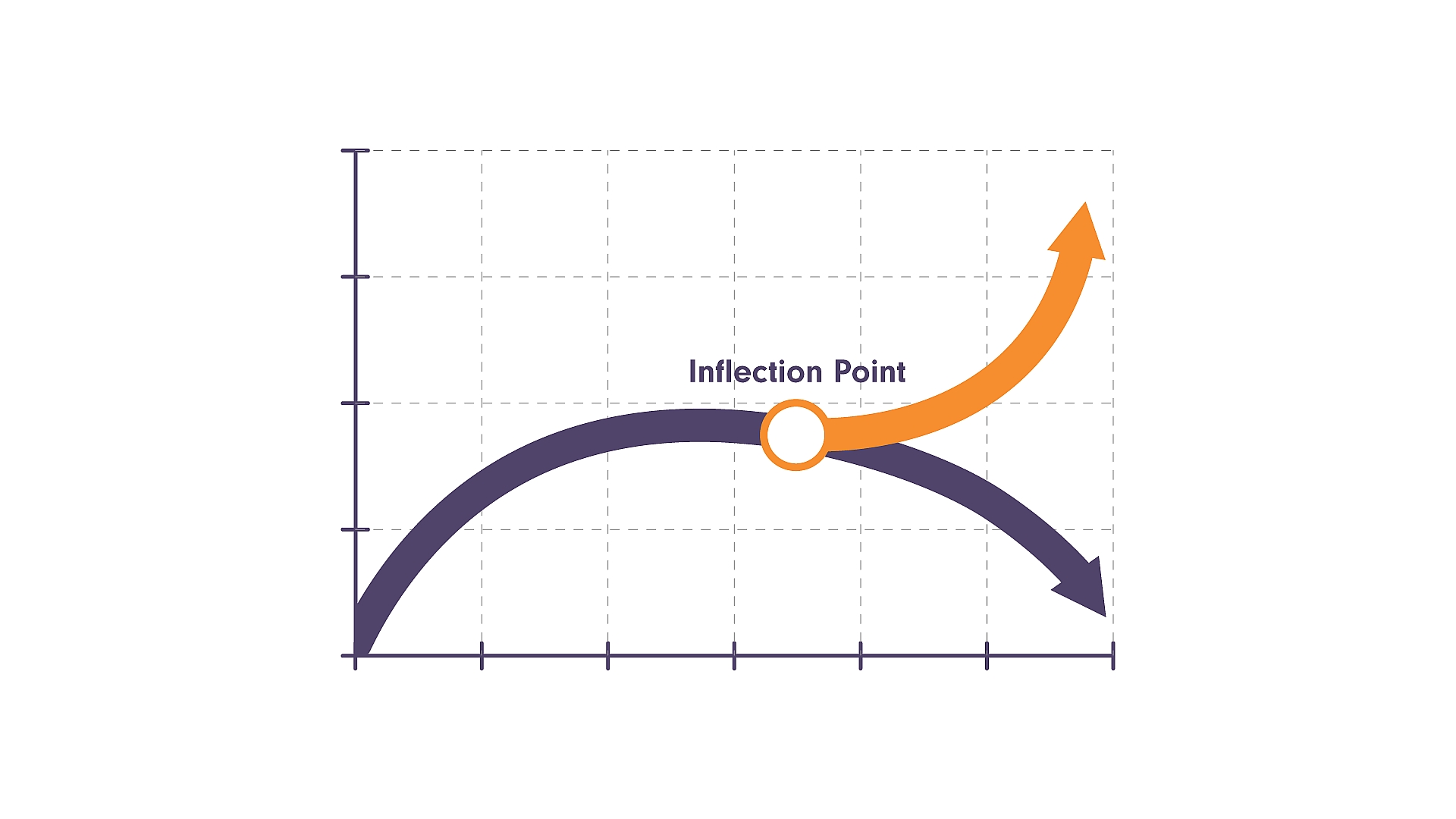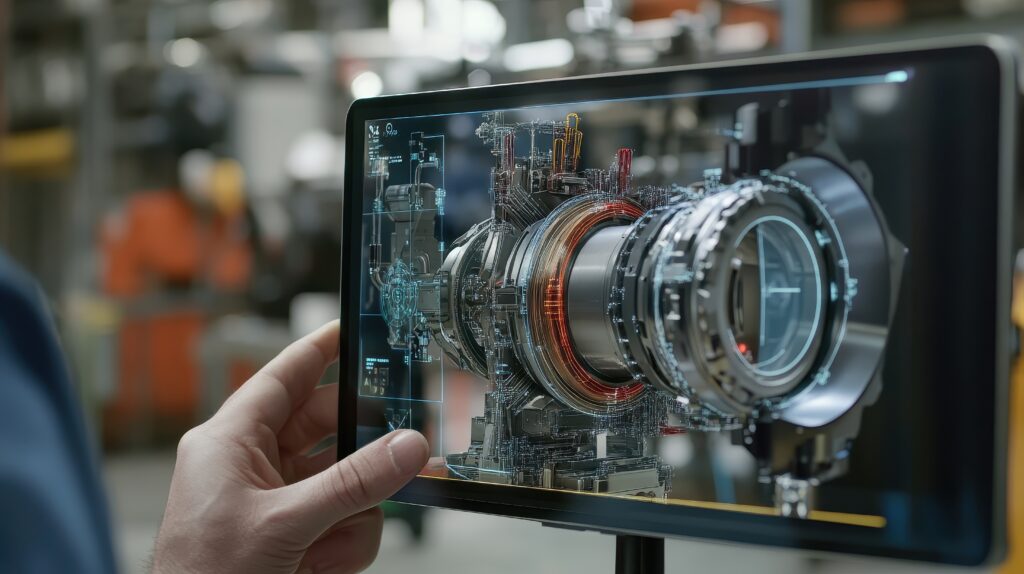When SightCall was launched nearly 15 years ago, my vision was to enable companies large and small to engage with a rapidly globalizing world, creating an accessible but cutting-edge tool to break barriers and simplify communication. Virtual assistance adoption expanded exponentially in the wake of the COVID-19 pandemic, as enterprises sought to respond to the current crisis or brace themselves for the next major disruption. In truth, the increased development of augmented reality (AR) and artificial intelligence (AI) technologies in nearly every industry imaginable has been a long time coming
Take Gartner’s annual Hype Cycle for the Digital Workplace, whichprojected in 2018 that chatbots and virtual assistance were 2-5 years away from mainstream adoption. The firm’s research vice president stated that “event triggers” would be one of the things that enhanced them, which turned out to be a perceptive observation. These “triggers” are also known as inflection points, which Columbia professor Rita McGrath describes as incrementally “gathering momentum until a transformative shift becomes clear.” So, while none of this happened overnight, the time is now to become next-level by joining the virtual assistance revolution.

You may already know what your inflection point, or catalyst, for embracing this technology is. Still, your expectations and target performance indicators must be highly specific to set you up for success. A few ideas stand out. We previously noted that 2021 could become a huge year for self-service, with companies capitalizing on trends toward the use of contract or “gig” work. Indeed, McKinsey predicted in 2018 that 50% of field service workers would be freelance by 2025. These workers can be deployed through the use of a customized, self-service app that guides them through a work order. For complicated tasks or difficult questions, round-the-clock expert assistance through a video call would only be a click away, ensuring maximum accessibility and portability, while also saving thousands of dollars in travel and other logistical costs.
Perhaps you’re using this year as an opportunity to hone in on the productivity of in-house workers. You’re not alone: The Technology Services Industry Association (TISA)suggests the average technician utilization rate, or the amount of time spent on productive tasks that help a company’s bottom line, hovers around 73%. Some manual tasks can be reduced with the right visual assistance solution. SightCall, for instance, features an optical character recognition (OCR) tool that can read data on a machine or device from even a few feet away and, with the benefit of collaborative integrations, can feed it straight back to the CRM into a work order or product search engine. This way, multiple steps and device toggling are pared down to a few clicks.
Businesses that miss their inflection points entirely tend to disappear or become obsolete. Those who make a big bet trying to respond to it sometimes succeed — but often get caught in a state of constant reactivity. It is those who recognize small signs of change and prepare accordingly who are the best-positioned to take advantage of trends.
It’s why there is no reason for managers and business owners to avoid discussions about artificial intelligence (AR) and augmented reality (AI) any longer.
Whichever specific solution will work for you, the time is now to begin planning, before gradually building trends and the next big event places your business squarely in the obsolete category.



